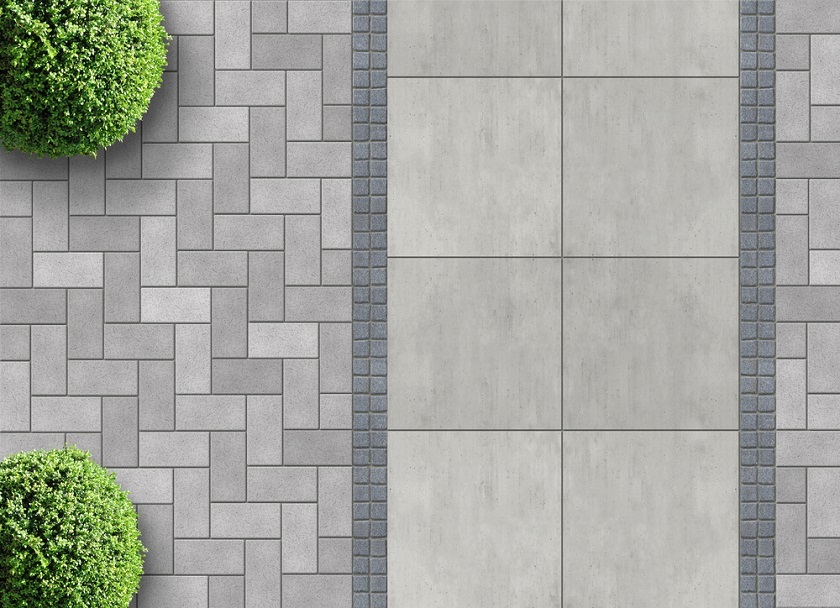Home Improvement,
Permeable Paving
What is To Know About the Importance of Permeable Paving?
10:23 AMPermeable pavements are part of sustainable urban drainage systems and allow successful rainwater management. With permeable paving, it is possible to use a parking area or public pathway for infiltration of water instead of simply directing it to a rainwater network. This makes it an important instrument to meet the current regulations of the restriction of flow. The permeable floor further has the advantage of improving the water quality by operating as a filter. Advantages of pervious concrete are
 |
| Permeable Paving |
- Drainage system protection
- Can be used as a pedestrian path, parking lot, bike path, multi-sports court floor
- Helps to reduce floods and floods
- Enables the reuse of rainwater
- Feeds the underground aquifer
- Allows better use of land
Let’s Have a Clear Idea
They are defined as pavements with open spaces in their structure that allow the passage of water, and air. Permeable paving can be used in low traffic streets, parking, and patios, among others. The bearing surface receives the load from the traffic and should allow rapid infiltration of the water. For correct operation, it is important that the whole structure of the floor allows the infiltration of water which can infiltrate directly into the subgrade or be directed to drainage pipes. The floor base acts as a reservoir, usually composed of granular material with a void content of about 40%. The surface of the pavement can be of several types - permeable concrete, concrete blocks, concrete slabs, or porous asphalt.
This Work Must Be Done by the Professionals
One of the major concerns of permeable paving is clogging, and eventual loss of infiltration capacity. The speed of this process will depend on the surrounding conditions of the pavement such as the presence of gardens. The maintenance is done with water under pressure. It is noteworthy that the initial value of a permeable floor is normally greater than that required for total infiltration of rainfall. Like any construction system, a project carried out by a qualified professional is always necessary.
 |
| Driveway |
Permeable or porous concrete is the last step of a drainage system. This is because the permeable paving concrete allows the rainwater to pass through it and is stored in the lower layers until it is led to the water table through the subgrade or taken to the drainage system of the city. Without losing floor space, there is an area ready to absorb precipitation, avoid floods, and re-feeding the underground aquifer.
This is How it Works
Permeable paving is highly effective when paired with a proper base and granular sub-base. Rainwater flows through the porous concrete and is stored in the granular structure, which should consist of stone or brittle materials with large voids. This storage system allows water to either infiltrate the subsoil—facilitating aquifer recharge if the subsoil is conducive—or flow into a drainage system, eventually reaching city manholes, wormholes, storage pools, or reservoirs. From these reservoirs, the water can be reused for sanitary purposes or garden irrigation. A key benefit of permeable paving is its ability to reduce surface runoff, which helps prevent urban flooding and minimizes strain on drainage infrastructure.
Conclusion: Better know it
The amount of stone, sand, cement and water will vary depending on the strength you are looking for the permeable concrete. The higher the resistance sought, the lower the permeability. In order to have more permeability, a greater volume of voids is required. Therefore, there will be less resistance. There are limitations in the application of the drainage system with permeable concrete. Permeable paving is best suited for less load-demanding locations where resistance is less required such as bike lanes, multi-sport courts and parking lots - the load restriction is for light traffic.






0 comments